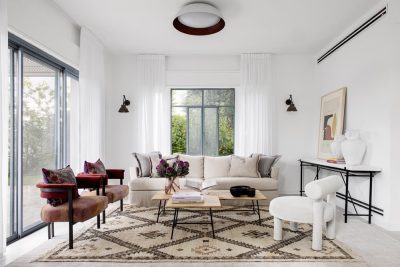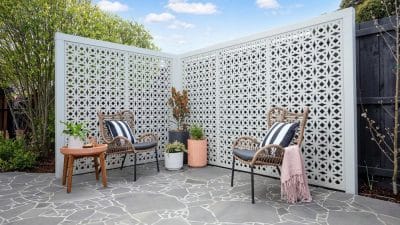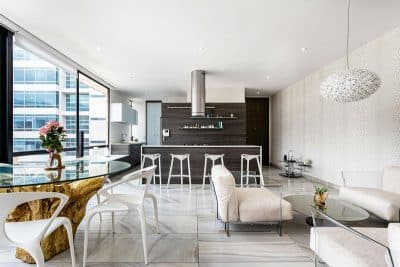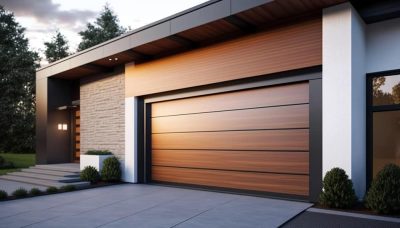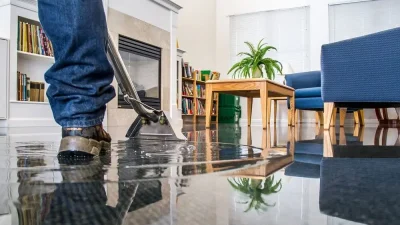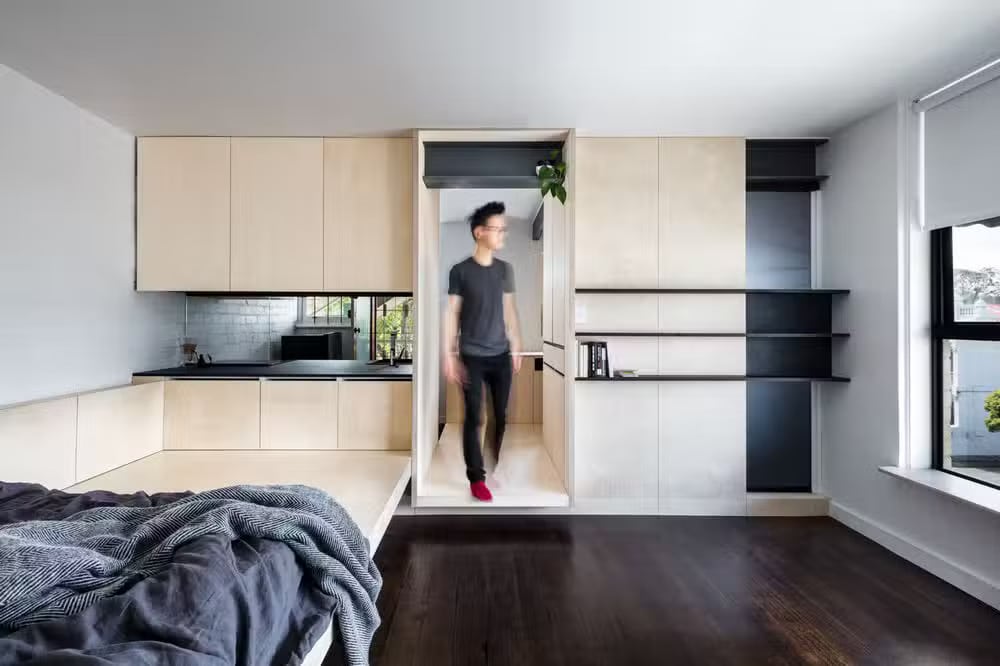
Renting an apartment involves either an exhilarating or a complex task. Taking time and effort in assessing an individual’s needs and wants, performing a proper search, assessing the advertisements, and reviewing leases to secure the most suitable apartment to rent
Recognizing Your Requirements and Choices
Before starting the search, you should also assess what you want in an apartment. Consider the following factors:
Budget:
A budget can be expressed further by deciding how much a person may spend a month on rent. Consider possible fees such as security deposits, parking fees, and utility fees, among others. Choose a fair amount to pay each month that suits the available cash after paying all the monthly bills.
Location:
Generate a list of your preferred areas. Depending on your desired requirements, such as proximity to grocery stores, transport, and infrastructure to match your lifestyle, using an apartment locator can save you 25+ hours on finding your dream apartment.
Size and Layout:
Determine the square footage and amount of storage depending on whether you will be alone, with a companion, with friends, or with cats and dogs. There are specific types of rooms, the organization of the parking spaces in the units, and the area considered indispensable.
Amenities:
Besides, specify what is mandatory, i.e., laundry, parking, dishwasher, and so on; specify what would be comfortable or nice to have.
Lifestyle:
Think of general factors such as whether a location can be noisy or not, whether it allows pets or not, whether it is family-friendly or not, whether it has easy access to some of your favorite pastimes, or those places that you have to attend often due to your job and other commitments.
The Self-Assessment of Likely Apartments
When hunting for apartments, looking at specific factors and evaluating whether the apartment fits your liking is important. Here are some key aspects to consider:
Condition of the Unit:
It looks for damage, pest infestation, leaks, or other repair needs. It is used for testing all kinds of home appliances, plumbing, electrical systems, heating/ventilation/air conditioning, and much more. It should be in a clean, recent state, and all equipment should be in good working condition.
Safety and Security:
Check how entry security is done, when common areas are lit, how fire escapes are done, and alarms if there are. Do not be in a way that your personal safety is at risk.
Noise Levels:
Watch out for loud sounds coming from streets, neighbors, equipment within the building, etc. Blink in the walls to look for signs of insulation. Think of the location at floor level or the possible effects imposed on items existing overhead.
Natural Light:
Comparing the room brightness during different periods of daylighting. Is the glazing sufficient, or do rooms look small, cramped, dull, and dreary? There should be proper light to keep the energy level high.
Storage Space:
Ensure that the house has enough closets, shelves, and other storage spaces to accommodate your possessions and daily routine. Nobody enjoys that crowded feature you call an overflow space!
Overall Atmosphere:
Reliant on your inner feelings on the kind of feeling the apartment gives you from home to uncomfortable. What – oh, you’ll be here after all, living here every day!
About the Lease Contract
Tenants should thus ensure that they read this document and fully understand or agree with all the terms or provisions of the lease agreement before they can sign it. Here are some essential aspects to review:
Rent Amount and Payment Schedule:
Check the total monthly rent, due date, late fee amount, and accepted means of payment, whether by cheque or online. Ensure that policies match your budgeting personality. Maintain a positive outlook on budgeting.
Lease Term:
Also, observe the notice duration of the lease: from six months to two years. Think about how well this term length suits your strategies for remaining or leaving.
Security Deposit:
Review the deposit amount, stipulations on receiving back all or some of the deposit at the end of the lease based on how the unit is left, and inspection protocol.
Utilities:
Know if charges for night electricity, gas, water supply, and garbage disposal are in the rent or as additional costs you should cover and arrange.
Maintenance and Repairs:
Check who is between you and the landlord. The latter usually assumes maintenance and common issues such as fridge breakages, blocked pipes, pest problems, and the like.
Pet Policies:
If you have pets, make sure a policy permits them and to what extent (additional charges, breed/size restrictions, etc).
Renewal and Termination Clauses:
There is nothing like having the flexibility to move. Hence, consider early termination fees and renewal notice periods. Rent out equipment at the right time based on the plan set for a particular period.
Negotiation Strategies when It Comes to Lease
What may appear as fixed deals in lease agreements are usually flexible. Here are some tips for negotiating favorable terms:
Be Polite and Professional:
Landlords tend to prefer and respect professional manners instead of aggressive tactics when negotiating. Appreciate their time and courtesy, as well as anything else that you requested from them.
Highlight Your Strengths:
For instance, as a renter, point out qualities that would show that you are the ideal, creditworthy, and dependable tenant, such as financial stability, perfect rental history, intended stay, and so on.
Offer a Longer Lease Term:
Depending on the unit, landlords may offer a rate cut if you sign a longer one—to two-year lease period, which helps reduce turnover costs.
Negotiate on Specific Clauses:
Politely ask for considerations on rules regarding having pets, moving out, significant alterations to the decor, or an aspect that significantly impacts your way of living.
Be Prepared to Compromise:
When negotiation becomes very stagnant, find out what should not be given up and what can be compromised to achieve the finally agreed-upon deal. Get ready to meet halfway.
Getting Started and Settling Down into Your New Apartment
When you have signed the lease contract and found your new apartment, it is time to look for a moving company and find your way into the new apartment. Here are some helpful tips:
Create a Moving Checklist:
List sub-processes of packing supplies from the packing supplies list and equipment rentals from the equipment rentals list, with respondents tapping on change of notification and utilities. Crossing out the tasks in a list also makes massive projects look more manageable.
Pack Efficiently:
Clean your house and get rid of anything you no longer need or use. Sort the remaining contents into rooms and pack all boxes by category to make the process easier when they are unpacked.
Clean Your Old Apartment:
Leaving the previous rental well clean gives you full guarantees that your security deposit will be refunded in the future.
Inspect Your New Apartment:
When the clients move in, take them through the house for a physical tour to check for damages, switch on appliances/fixtures, and check for any undue problems.
Set Up Utilities:
Cable, internet, power, etc., should be contacted immediately to create accounts and transfer services on the move-in date or the next day.
Change Your Address:
All individuals and companies that require a change of address, starting with subscription services and accounts with USPS, should be updated to allow the re-forwarding of mail.
Meet Your Neighbors:
Greet people in other units politely. Making small talk and exchanging numbers is friendly and fattens the community.
Apartment Living: Tips and Considerations
Living in an apartment, of course, has its special peculiarities. Here are some tips for a harmonious and enjoyable experience:
Space Optimization:
Space in small flats is restricted, and it is financially reasonable to fully utilize all the possible open spaces with multi-functional furniture space-saving ideas. The design should be as laconic as possible and not buy unnecessary things.
Noise Reduction:
Minimize external noise from affecting its users by closing the windows, laying carpets on bare floors, putting on soft music or background noise, and discouraging nighttime disturbances.
Energy Efficiency:
Reduce electricity costs with smart thermostats, heating timers, and LED lighting, avoid idle electrical appliances, insulate the home, use natural light, and seal gapped doors and windows.
Safety and Security:
Comply with all building security policies, obtain permission and install security cameras/alarms where necessary, check that all exterior lights function properly, and change locker and entry passwords whenever moving into the facility.
Community Building:
You can meet other apartment tenants through condo-organized events, functions, or any meeting and engage in meaningful contributions to make improvements that would positively impact the living environment.
Conclusion
You do not need to undergo several inconveniences and complications when looking for and getting into an ideal rental apartment. Being able to assess your needs and financial situation, perform thorough searches, ask landlords the right questions, negotiate lease conditions where possible, and move in and live in your apartment.

